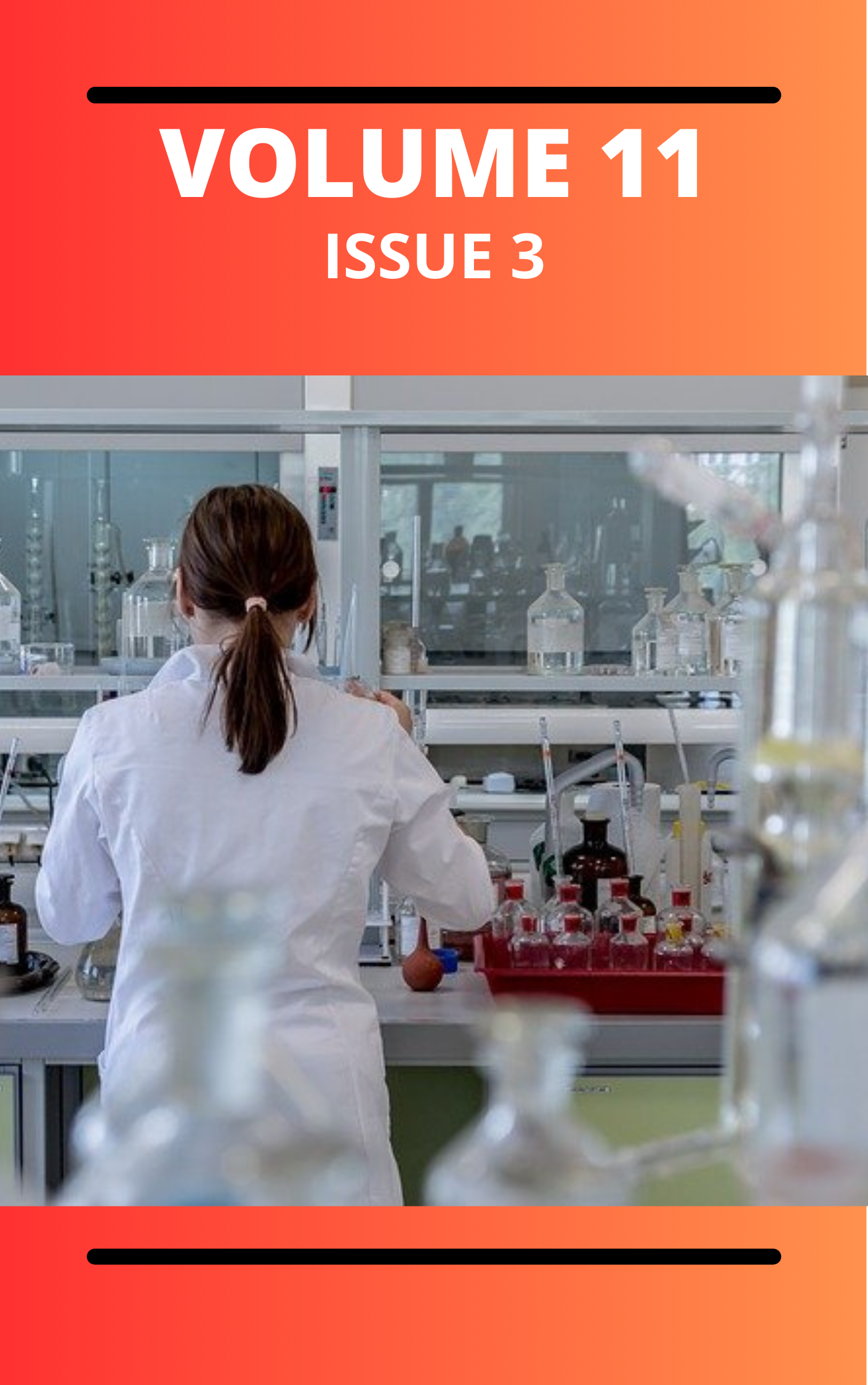Graphical Solution of Eigenstate of an Electron in a Finite Quantum Well
Keywords:
Eigenstates, quantum, Schrodinger equation, mechanicsAbstract
This study explores the eigenstates of an electron in a finite quantum well using the Schrödinger wave equation. Quantum mechanics, a fundamental theory in physics, describes the properties of molecules, atoms, and subatomic particles through quantization of energy and wave-particle duality. A quantum well, a nanometer-thin layer in semiconductor materials, confines electrons to a two-dimensional layer, resulting in quantized energy spectra essential for various electronic and optoelectronic devices. Unlike the infinite potential well, the finite potential well allows for the probability of finding particles outside the well, necessitating accurate calculations of bound states. This research employs a graphical method using MATLAB to solve for the eigenstates and eigenenergies of electrons in a finite quantum well. By deriving the time-independent Schrödinger equation, applying boundary conditions, and utilizing transcendental equations, we determine the energy levels and eigenfunctions of the system. The study highlights the practical applications of quantum wells in modern electronic devices and underscores the importance of understanding quantum confinement in developing advanced technologies.
Similar Articles
- Udechukwu P. Egbuhuzor, Nonlinear Dynamic Buckling Behaviour of Viscously Damped Columns on Elastic Foundations Under Step Loading , Communication In Physical Sciences: Vol. 12 No. 6 (2025): Volume 12 ISSUE 6
- Yusuf Mohammad Auwal, Hussaini Shuaibu, Muhammad Sani Isa, Study of Symmetric Nuclear Matter Properties in Non-linear Walecka Model via Relativistic Mean-field approximation at zero-temperature , Communication In Physical Sciences: Vol. 12 No. 2 (2025): VOLUME 12 ISSUE 2
- Koffa Durojaiye Jude, Omonile Jocob Funsho, Oladimeji Enock Oluwole, Edogbanya Helen Olaronke, Eghaghe Osas Stephen, Vivian Onechojo Obaje, Ibrahim Toyin Taofiq, A Unique Generalization of Einstein Field Equation; Pathway for Continuous Generation of Gravitational Waves , Communication In Physical Sciences: Vol. 10 No. 1 (2023): VOLUME 10 ISSUE 1
- Yahaya Zakari, Isah Muhammad, Najmuddeen Muhammad Sani, Alternative Ratio-Product Type Estimator in Simple Random Sampling , Communication In Physical Sciences: Vol. 5 No. 4 (2020): VOLUME 5 ISSUE 4
- Innocent C. Eli, Godspower C. Abanum, Comparison Between Analytical and Numerical Result of Stability Analysis of a Dynamical System , Communication In Physical Sciences: Vol. 5 No. 4 (2020): VOLUME 5 ISSUE 4
- Nnabuk Okon Eddy, Rajni Garg, Femi Emmanuel Awe, Habibat Faith Chahul, Computational Chemistry studies of some cyano(3-phenoxyphenyl) methyl isobutyrate derived insecticides and molecular design of novel ones , Communication In Physical Sciences: Vol. 5 No. 4 (2020): VOLUME 5 ISSUE 4
- YUSUF MOHAMMED AUWAL, OSITA CHUKWUDI MELUDU, TIMTERE PASCAL, Computational Modeling and validation of Indoor Radon Gas Dynamics and Accumulation Using Ansys Fluent Simulation , Communication In Physical Sciences: Vol. 12 No. 4 (2025): VOLUME1 2 ISSUE 4
- P. O. Ameh, N. O. Eddy, Theoretical and Experimental Investigations of the Corrosion Inhibition Action of Piliostigma Thonningii Extract on Mild Steel in Acidic Medium , Communication In Physical Sciences: Vol. 3 No. 1 (2018): VOLUME 3 ISSUE 1
- Eno John, Promise Asukwo, Nkem Ogbonna, Convergence Analysis of Sinc-Collocation Scheme With Composite Trigonometric Function for Fredholm Integral Equations of the Second Kind , Communication In Physical Sciences: Vol. 11 No. 3 (2024): VOLUME 11 ISSUE 3
- Abubakar Aliyu Umar, Aminu Ismaila, Khaidzir Hamza, Lattice Calculations and Power Distribution for Nigeria Research Reactor-1 (NIRR-1) using Serpent Code , Communication In Physical Sciences: Vol. 10 No. 1 (2023): VOLUME 10 ISSUE 1
You may also start an advanced similarity search for this article.




